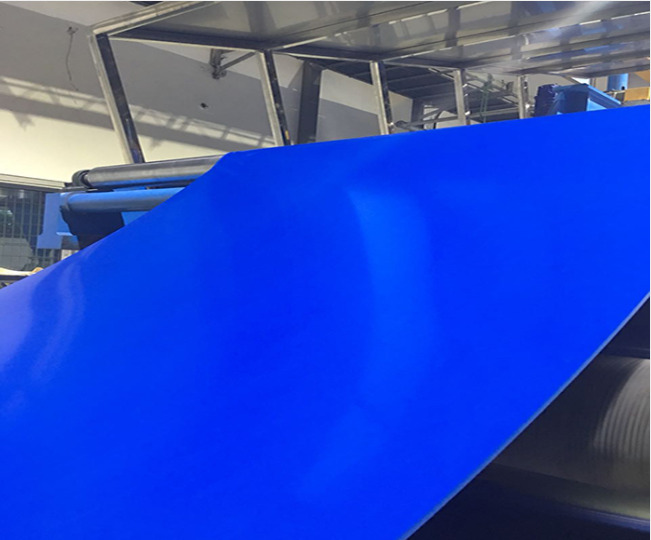
The main difference between synthetic rubber and natural rubber lies in their composition, 表现, 申请, and physical properties.
Composition is different: Synthetic rubber is an artificially synthesized elastic polymer, also known as synthetic elastomer, which is one of the three synthetic materials, with a production volume second only to synthetic resin (or plastic) and synthetic fibers. 天然橡胶, 另一方面, is a natural high molecular compound with cis-1,4-polyisoprene as the main component, 和 91% 到 94% being rubber hydrocarbons (cis-1,4-polyisoprene) and the rest being proteins, fatty acids, ash, and sugars, among other non-rubber substances.
Performance is different: Natural rubber has high elasticity and good electrical insulation at room temperature, but is strong in alkali resistance but not in strong acid. Synthetic rubber, although its performance is relatively inferior, still has high elasticity, 绝缘, 耐油性, 和高温阻力, and is widely used.
Applications are different: Synthetic rubber is widely used in industry, agriculture, defense, 运输, 和日常生活. 天然橡胶, 另一方面, is widely used in rain boots, hot water bags, elastic bands, 传送带, transportation belts, acid-resistant gloves, and even high-tech products such as rockets, artificial satellites, and spacecraft.
Physical properties are different: The properties of synthetic rubber vary depending on the monomer, with only a few varieties having properties similar to those of natural rubber. Some synthetic rubbers have better heat resistance, 耐磨性, 耐老化的能力, 耐腐蚀性, or oil resistance than natural rubber. Natural rubber has high elasticity and slight plasticity at normal temperatures, crystallizes and hardens at low temperatures, has good resistance to alkali but not strong resistance to acid.

